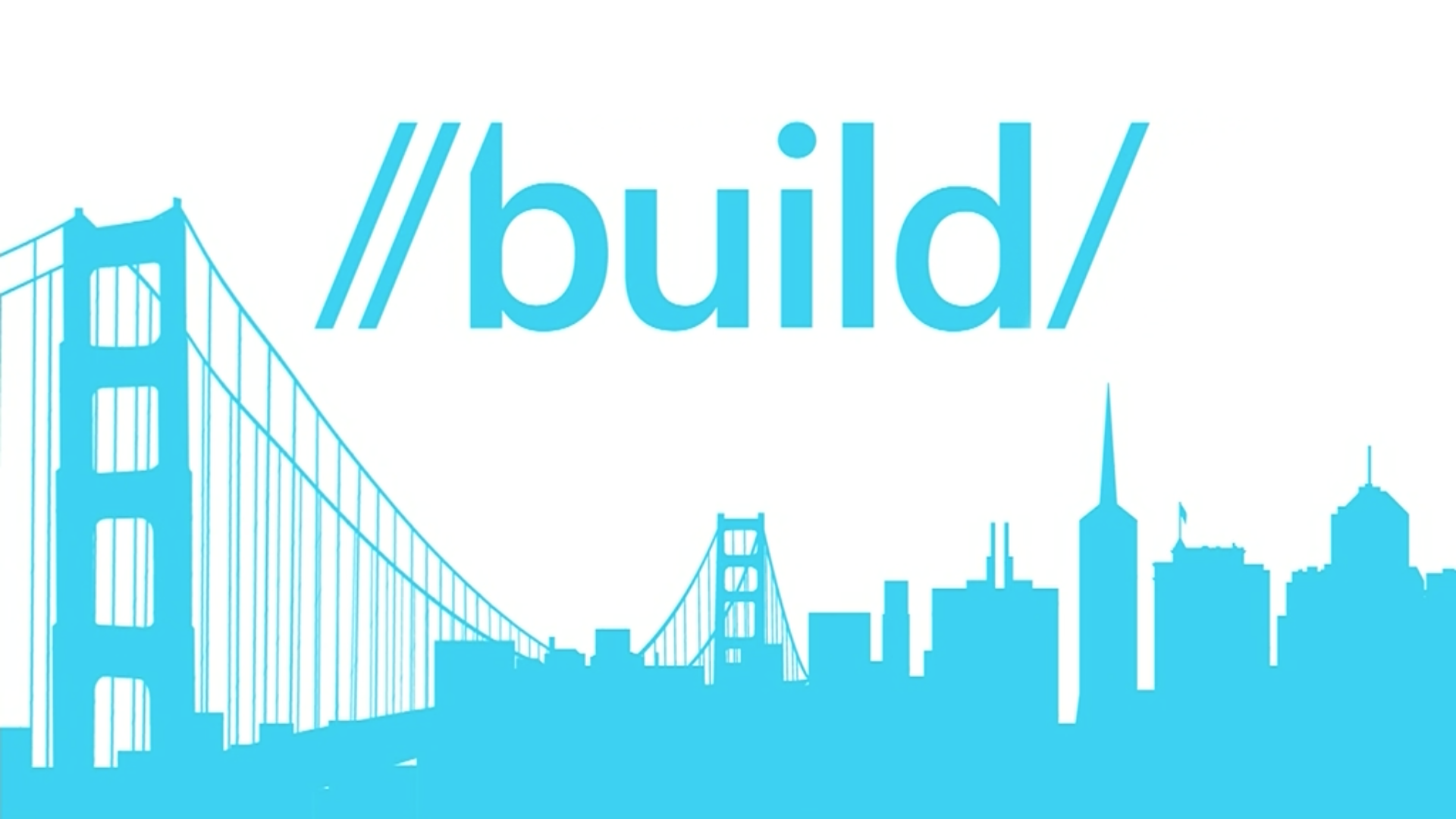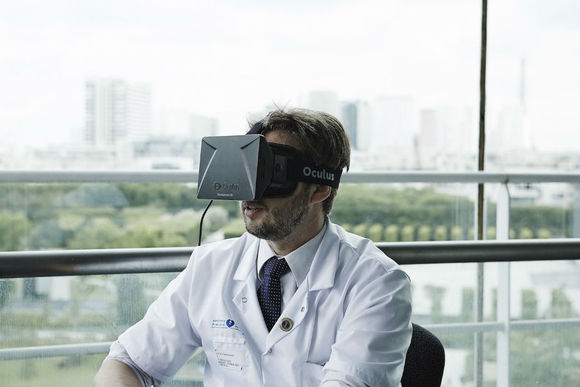If you head into Tommy Hilfiger’s London Regent Street branch or the Selfridges branch you might notice some Samsung Galaxy Gear Headsets on display. This isn’t a case of store swapping it is a very neat and immersive take on fashion branding from the New Jersey based Fashion label.
While we are all excited about the consumer release of Samsung’s Galaxy Gear headsets which are set to hit the shelves next month (the software on loop on the current store-based promo sets doesn’t really do it justice) Tommy Hilfiger has gone and given us a taste not only of what the headsets are capable of but a view into how branding and our interaction with them will change.
The next step in immersive branding
While apps like Blippar are changing our notions of how 2D and 3D can be used from a branding perspective this latest move by Hilfiger is likely a sign of things to come. While it is not quite a case of a gauntlet being laid down it is however an eye opener to other brands how they can utilise the new technology available to us to get closer to their customers.
Hilfiger’s experience takes place in its own stores however there is no reason why this couldn’t happen in our own homes or while we are out by using our own Samsung Gears or the respective hardware of another brand.
While the cynics out there my simply cry that this is just another ad revenue stream (and they would have a point) it is at the cusp of technology where challenges to the previous status quo can be made. In the same way that the internet community rebelled against popup ads there is a real case for breaking tradition and having immersive brand experiences rather than ads which would be a much more credible, or incredible way for brands to connect with their audience.
Hilfiger is just the start too, recording a show in 3D and playing it in 3D is a fairly straightforward way to have an experience with your customers but there are further steps too and, quite frankly the possibilities are endless.
As app developers we are excited by these current trends and the willingness of brands to embrace new technology for the benefit of customers and the relationship with them.
Is 5 million users enough?
Obviously the ability of brands to engage with their customer base through VR will depend on just how many customers they have to engage with. Analysts are estimating sales of Samsung’s VR units being anything between 5 million and 20 million units which are widely different and Samsung’s success, and that of rivals like Oculus and HTC’s Vive as well as others will see just how well the tech can be incorporated outside of specific gaming communities.
The initial signs though are promising and we are looking forward to seeing how the future of VR as well as Augmented Reality (AR) unfolds.



